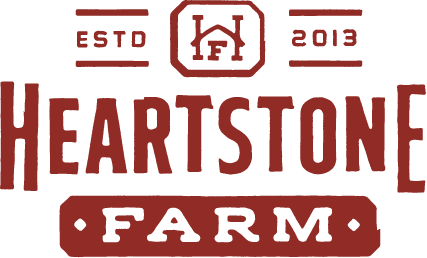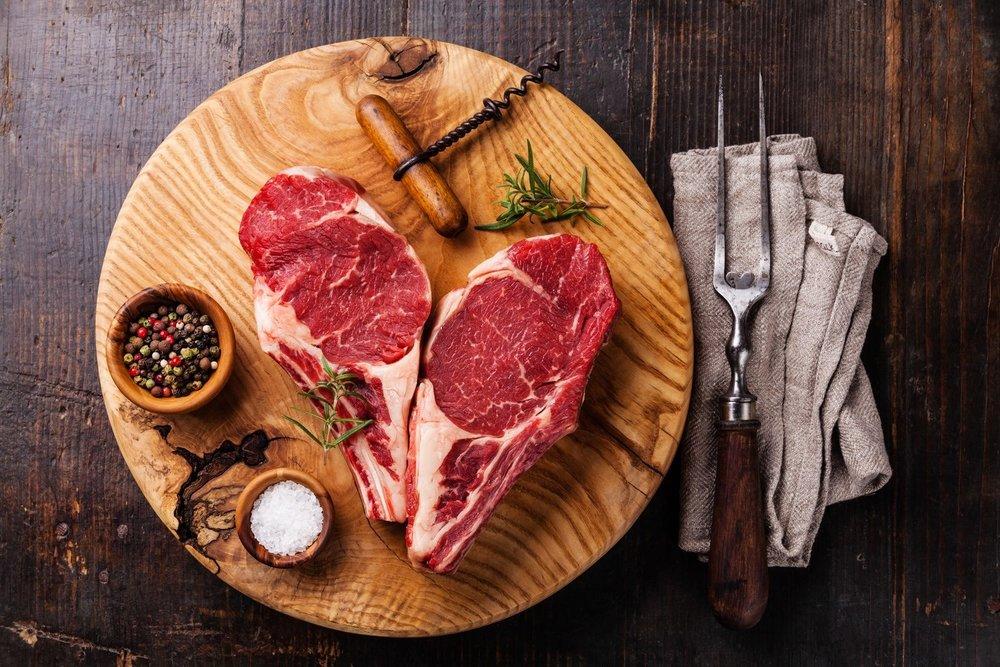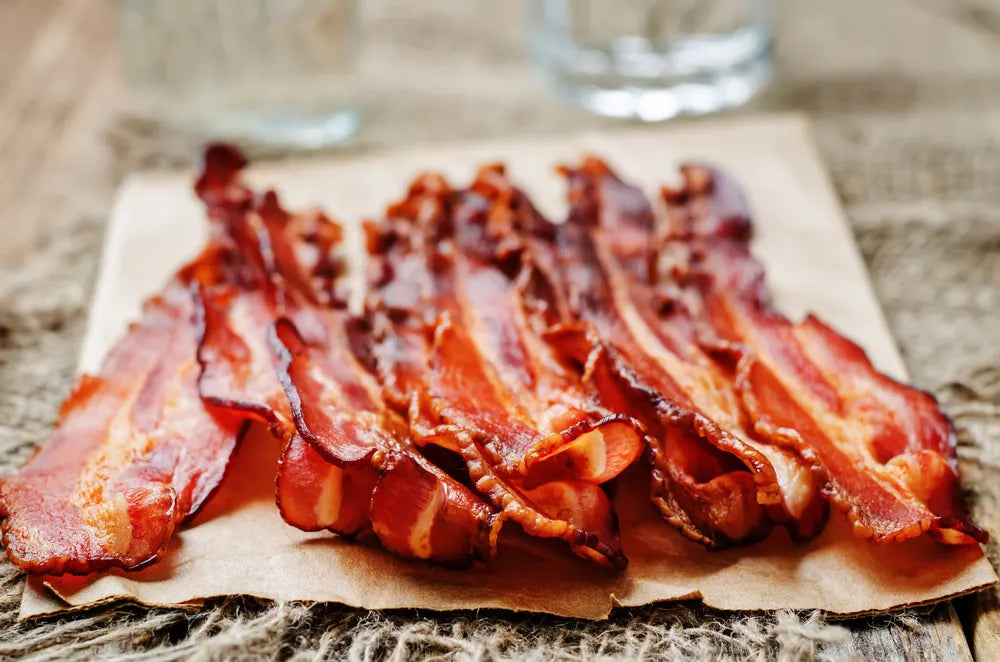Not all fat is the same - the difference between grain fed and grass fed beef
I’m often asked about the fat content of our ground beef. After I tell people it runs around 80/20, I add that the fat in grass fed beef is quite different from grain fed - and has health benefits. This article does a wonderful job of looking at the differences between grain fed and grass fed.
The way cows are fed can have a major effect on the nutrient composition of the beef.
Whereas cattle today are often fed grains, the animals people ate throughout evolution roamed free and ate grass.
Many studies have shown that the nutrients in beef can vary depending on what the cows eat.
Where beef is mass produced, such as in the US, cattle are usually grain-fed. However, grass-fed beef is common in many other countries, such as Australia.
But does the way cows are fed make any difference to your health? This article looks at the evidence.
The Difference Between Grass-Fed and Grain-Fed Cattle
Share on Pinterest
In the US, most cows start out living similar lives.
The calves are born in the early spring, drink milk from their mothers and many are then allowed to roam free and eat grass or other edible plants they find in their environment.
This continues for about seven to nine months. After that, most conventionally raised cows are moved to feedlots.
Large feedlots are called concentrated animal feeding operations (CAFOs). There, the cows are kept in confined stalls, often with limited space.
They are rapidly fattened up with grain-based feeds, usually made from a base of soy or corn. Typically, their diet is also supplemented with small amounts of dried grass.
To maximize growth, the cows are often given drugs, such as antibiotics, and growth hormones.
The cows live in these feedlots for a few months before being brought to a slaughterhouse.
Of course, it’s not really that simple. The different feeding practices are complicated and varied.
For example, grass-fed beef in Australia may not be directly comparable to US products, and grass-fed beef isn’t necessarily pasture-raised. Not all grass-fed cows are allowed to graze outdoors.
The term grass-fed isn't even clearly defined.
But generally speaking, grass-fed cows eat (mostly) grass, while grain-fed cows eat (mostly) an unnatural diet based on corn and soy during the latter part of their lives.
SUMMARYMost cows start out on a pasture, drinking milk and eating grass. However, conventionally raised cows are later moved to feedlots and fed mainly grain-based feeds.
Differences in Fatty Acid Composition
"You are what you eat" applies to cows, too.
What a cow eats can have a major effect on the nutrient composition of the beef. This is particularly evident when it comes to the fatty acid composition.
Grass-fed beef usually contains less total fat than grain-fed beef, which means that gram for gram, grass-fed beef contains fewer calories (1).
But the composition of fatty acids is also different:
Monounsaturated fat: Grass-fed beef contains much less monounsaturated fat than grain-fed beef (1).
Omega-6 polyunsaturated fats: Grass-fed and grain-fed beef contain very similar amounts of omega-6 fatty acids.
Omega-3s: This is where grass-fed really makes a major difference, containing up to five times as much omega-3 (2).
Conjugated linoleic acid (CLA): Grass-fed beef contains about twice as much CLA as grain-fed beef. This fatty acid is associated with a few health benefits (3, 4).
In short, there are some significant differences in the fat amount and composition of grass-fed beef, compared to grain-fed.
The cow breed and type of meat cut also have a considerable effect on the fat composition of beef (1).
SUMMARYGrass-fed beef may contain less total fat than grain-fed beef, but a lot more omega-3 fatty acids and CLA, which are both linked to health benefits.
ADVERTISING
Grass-Fed Beef Is More Nutritious
Both grain-fed and grass-fed beef are a highly concentrated source of nutrients.
Beef is loaded with vitamin B12, B3 and B6. It’s also rich in highly bioavailable iron, selenium and zinc. In fact, meat contains almost every nutrient that people need to survive (5).
It also contains high-quality protein and various lesser known nutrients, such as creatine and carnosine, which are very important for your muscles and brain.
But even though the difference isn’t great, grass-fed beef generally contains higher amounts of certain nutrients.
Compared to grain-fed beef, grass-fed is much higher in the following vitamins:
Vitamin A: Grass-fed beef contains carotenoid precursors to vitamin A, such as beta-carotene.
Vitamin E: This is an antioxidant that sits in your cell membranes and protects them from oxidation (3).
Grass-fed beef also tends to be richer in other antioxidants (6, 7).
SUMMARYConventional grain-fed beef is highly nutritious, but grass-fed beef contains more carotenoids, vitamin E and other antioxidants.
Originally from Healthline.com





